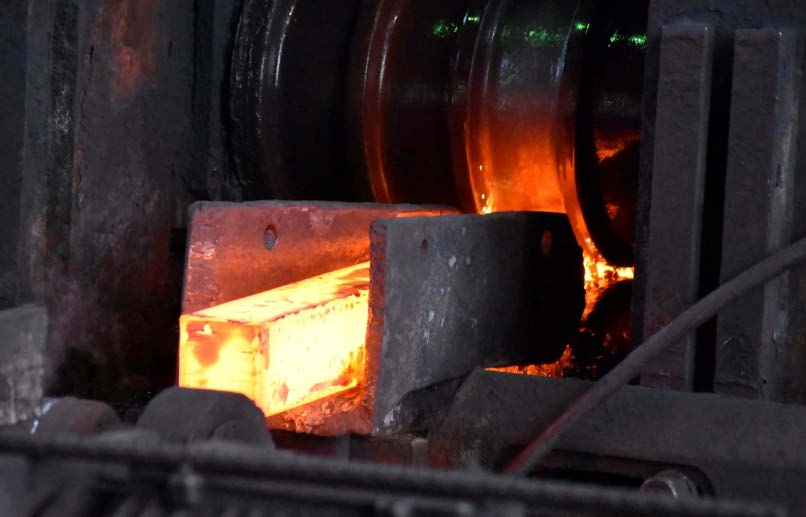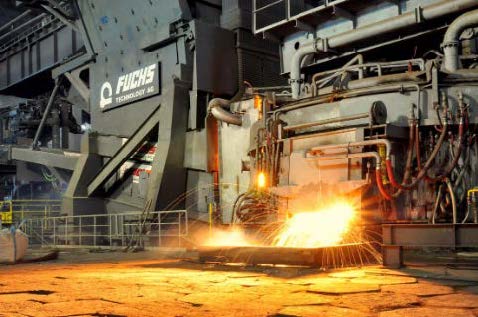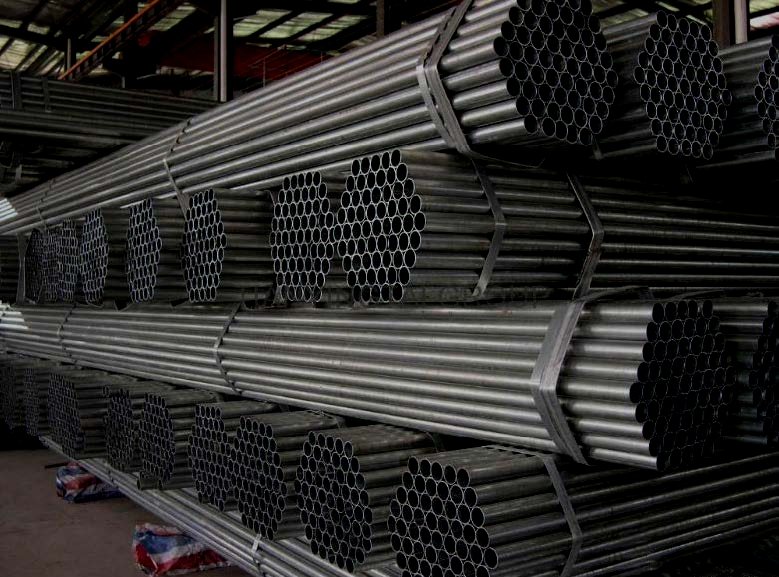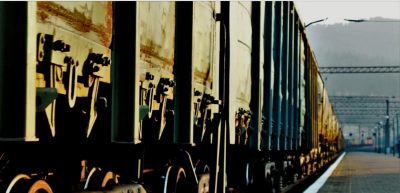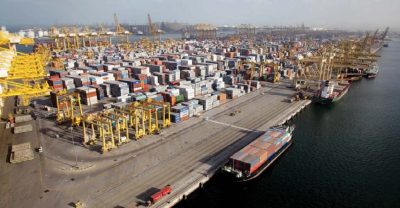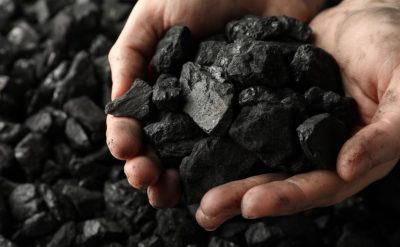Metallurgical plants in Romania and the Czech Republic.
As can be seen from historical development, steel has always been the basis for economic growth. At first, a large share of production was in the USA, from where the center of gravity shifted to Europe, including Eastern Europe, and here, too, steel was a guarantor of national prosperity. Around the year 2000, a new phenomenon suddenly appeared a literal boom that came from Asia. What the Chinese have built on the East Coast is a “miracle” that once again confirmed the power of political factors. We know that the biggest issues remain, especially in the areas of trade, environment, and energy. However, concrete solutions go beyond the level of an individual state, be it Romania or the Czech Republic, and concern all the important countries of the European Union in metallurgical terms, on which the steel industry is dependent. Global trade in steel products will continue to affect not only China but also other developing countries.
Four main areas affecting production, steel, and consumption of steel products in the Czech Republic, in Europe, and the world are the issues of overcapacity, environment and energy, conditions of foreign trade, and support of technical education, which is related to the general opinion about steel affecting the interest of the younger generation.
Romania and the Czech Republic had to face some of the highest inflation rates in Europe. The catalyst for this was the war in neighboring Ukraine. The rising cost of food and energy, as well as the influx of refugees, has put significant pressure on the economies of the countries. Due to the level of uncertainty, many consumers have either postponed or canceled their purchasing decisions. Demand in most consumer regions has become weak. There has been a significant decline in private consumption and a lack of new investment.
Both countries have introduced monetary policy tightening by raising interest rates in an attempt to reduce activity. Access to finance – both at the macro and microeconomic levels – has become increasingly constrained. There has been a noticeable slowdown in housing construction. Commercial construction activity is limited. Public projects are on hold and budgetary challenges persist.
Other industries have also been hit hard. White and yellow goods activity is down sharply. Modest growth in automobile production runs counter to this trend. Regional steel buyers closely tied to the auto industry believe this is a consequence of unfulfilled orders rather than part of a long-term trend.
Due to unfavorable trading conditions, Central European flat and long steel producers have been forced to make significant price concessions in recent months. Nevertheless, rolling mills in the Czech Republic were able to maintain higher prices compared to producers in Southern Europe.
A contributing factor is supply-side considerations. At the beginning of the year, several steel producers in the region took decisive steps to withdraw capacity. This allowed them to bring their production in line with market demand. Consequently, mill delivery times have remained extended until recently.
The Czech and Romanian markets have become immune to the same degree of import penetration as their southern European counterparts for geographical reasons. Imports at competitive prices remain scarce, except for products from South Korean plants with local warehousing facilities. Potential third-country suppliers are often disadvantaged by high freight costs, long delivery times, and the need for large numbers of vessels. As a result, steel buyers tend to purchase their products from regional sources.
Flat steel prices in Central Europe, as in the rest of Europe, are believed to be approaching the bottom of the current cycle.
It is hoped that production disruptions will ensure price stability during the summer months. However, steel demand is unlikely to improve significantly in the medium term. Tight monetary policy is expected to continue as inflation is forecast to remain high in 2024. The evolution of the European steel market will continue to be subject to a high degree of uncertainty, which is likely to continue to undermine demand from steel-using sectors.
